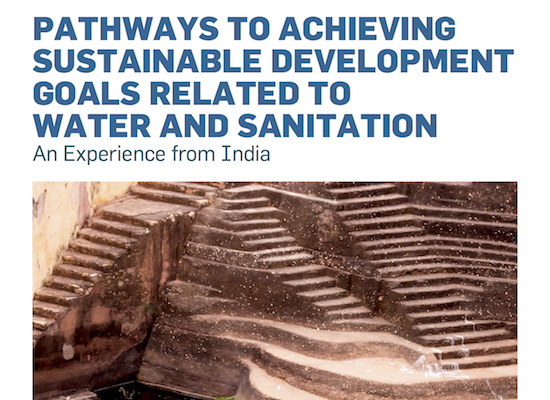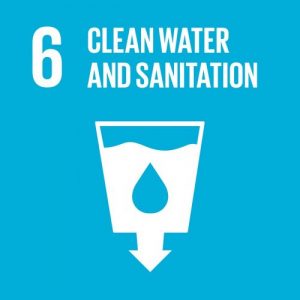Primary Functions
- Learn how a global framework can be applied at the local level to meet the needs of all communities.
- Discover how community members are working together to make a notable contribution to the achievement of water and sanitation for all.
Detailed Description
The global framework laid out under SDG6 for Water and Sanitation can be applied to corporate water stewardship at many levels, and can be used to coordinate the investment of both financial and human resources and to apply essential local expertise to meet the needs of communities, bringing the world closer than ever to solving the most pressing social and environmental problems related to water.
To help achieve the necessary scale and drive progress toward regional, national, and global sustainable development goals and targets, leading companies can demonstrate how a global framework can be applied at the local level to meet the needs of all communities. This paper is one of the first to show how Hindustan Unilever Limited, through its foundation in India, is drawing connections between the local and the global. It looks at how the foundation is working to share the voices of local organizations and how community members are working together to make a notable contribution to the achievement of water and sanitation for all.
India is the world’s seventh-largest country by area. It is home to the second-largest national population, with more than 1.2 billion people (World Bank 2015). The country is geographically, culturally, and religiously diverse, with 29 states and 22 officially recognized languages. India’s size and diversity pose unique challenges to the realization of its sustainable development goals, and this is especially true for goals related to water. In grain-producing agricultural regions, energy subsidies for pumping wells intended to avert a food crisis have led farmers to overuse groundwater. Economic inequality and unplanned settlements in urban areas undermine access to water for basic needs and drive counterintuitive disparities in prices paid for water. In recent years, thanks to the work of local organizations like those featured in this document, access to water and sanitation have increased, but 61% of India’s rural population still lacks access to basic sanitation (WHO/UNICEF 2015).





